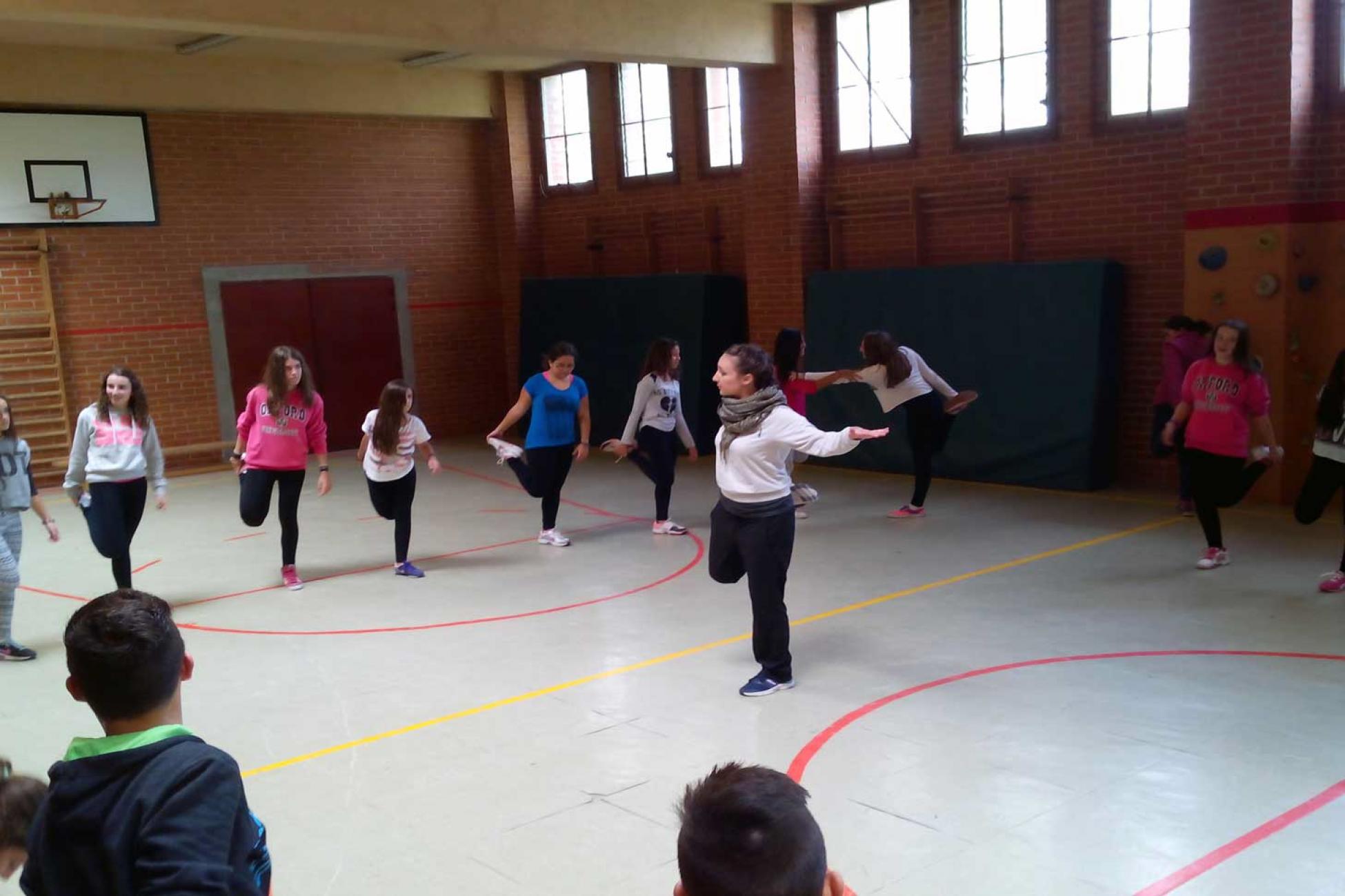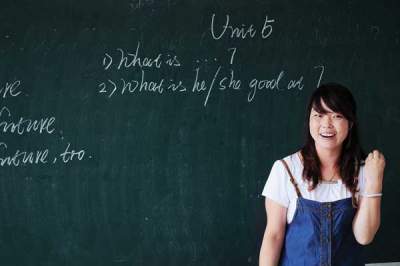After not having a place of my own since mid-July, having packed up my home in Donostia-San Sebastian, Spain to move to Madrid, I have now spent two weeks in my new place. It took only an afternoon to unpack everything I had in storage and with me while staying for the summer at my boyfriend’s home in the city centre. It felt nice to give everything a place where I know it’ll live for the next year or more; it felt nice to sleep in a bed I knew I’d grow to love and crave time in; and it felt nice to feel settled after a summer of no set routine and travel.
Now, after two weeks I can say I have a pretty set schedule including having started my work contract for North American Language + Cultural Assistants in Spain, working as Social Media Marketing Coordinator for two companies and teaching English twice a week to two sisters. While I’ll get into the details of my awesome new apartment, flatmate and amazing neighbourhood in another post, today is to share about the program and my role at the school.
The idea of the North American Language + Cultural Assistants in Spain program is to bring native English speakers into Spanish classrooms to give students the opportunity to practice their second (or third or fourth) language with us assistant teachers. In most bilingual schools in the community of Madrid, more than just their English classes are taught in English. Courses such as Natural Science, Art, Physical Education, and Technology are also given in English to give students the ability to apply their English language skills to real world situations.
Because really, how many of us studied Spanish or French in high school and actually knew much more than to introduce ourselves, ask where the bus station is or say how many people are in our family? And when—besides the first time we introduce ourselves—will most of those basic phrases be needed? Sure, maybe asking for directions is definitely something we’ll use—but it won’t bring us to deeper, more meaningful conversations if our knowledge stops there with memorized questions and statements.
Which brings me to saying why having these different courses in English is useful; it helps kids use the basic English they’ve been taught since the age of five (or younger) and apply it to everyday conversations, outside of memorized phrases.
My role at the school is to encourage the students to practice. To give them a real native English speaker to help with pronunciation, share my culture and hopefully give them a motive to pursue learning English further.
This year, I’ve been placed in nine Physical Education (P.E.) classes, three English classes, two science classes and one art class.
That being said: I’m a P.E. teacher!!! I wrote one letter to the school saying that I really enjoy yoga and that I’ve always played sports since I was a child—soccer, swimming, basketball and lacrosse to be exact—and with that information, they gave me the ability to wear my workout clothes to work. I couldn’t be happier.
With this is also a new way of teaching. I’ve participated in this program for three years and I’ve taught English for two years at a language academy in Irun, Spain. But I’ve always been part of English language classes, which focus on grammar rules and vocab from the unit. While culture is part of the program, grammar was the focus of most classes.
Through P.E. we don’t need that focus on grammar. These classes are simply speaking and using the vocabulary that they already know and trying to get them to use it. They learn while not necessarily feeling like they’re learning with books. They learn to communicate the way I did as a child, by using what I knew by copying the people I listened to around me.
So, I’m more than excited to be a part of this school year and team of teachers I’ll be working with in the different courses. I’m excited to participate in sports on a daily basis, be outside of standard classrooms and to share my passion for yoga.
I hope I can help them learn a little this school year, and if nothing new—I hope I’ll have given them the opportunity to put into practice what they already do know!
For those of you studying languages – how do you think it’s best to put into practice a second (third or fourth) language while not living in a country where it’s the official language?
Add this article to your reading list




